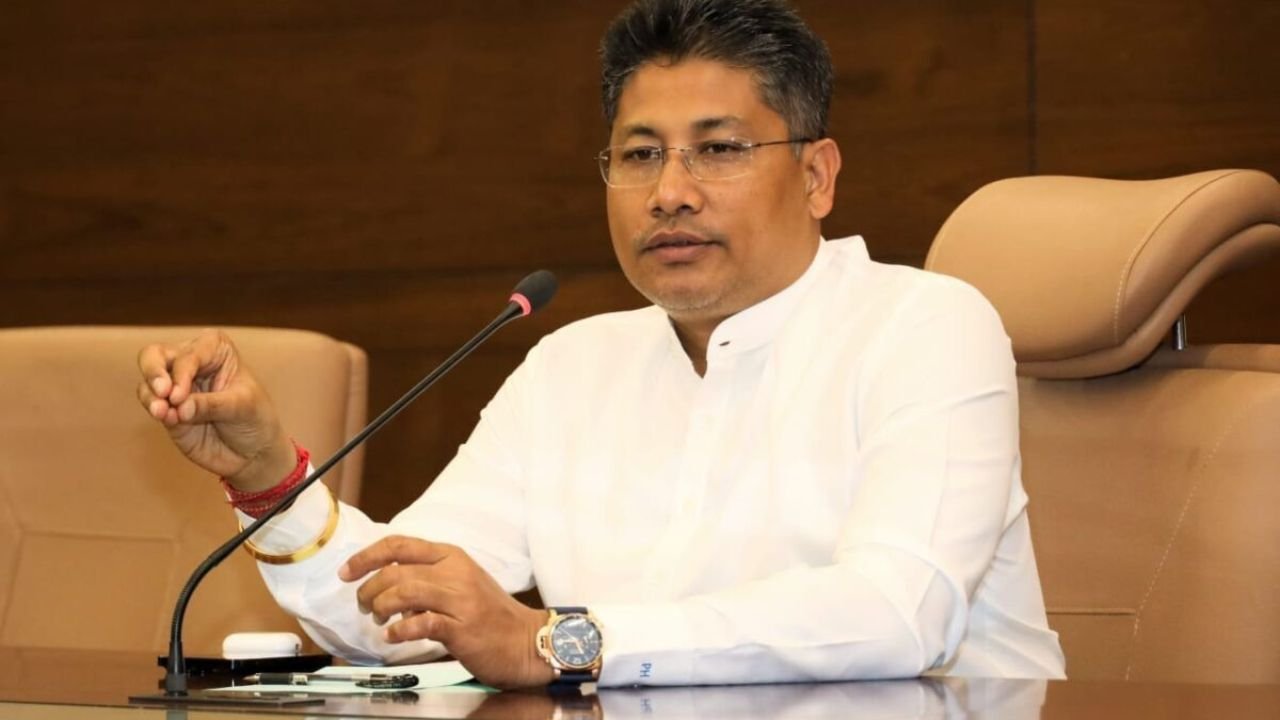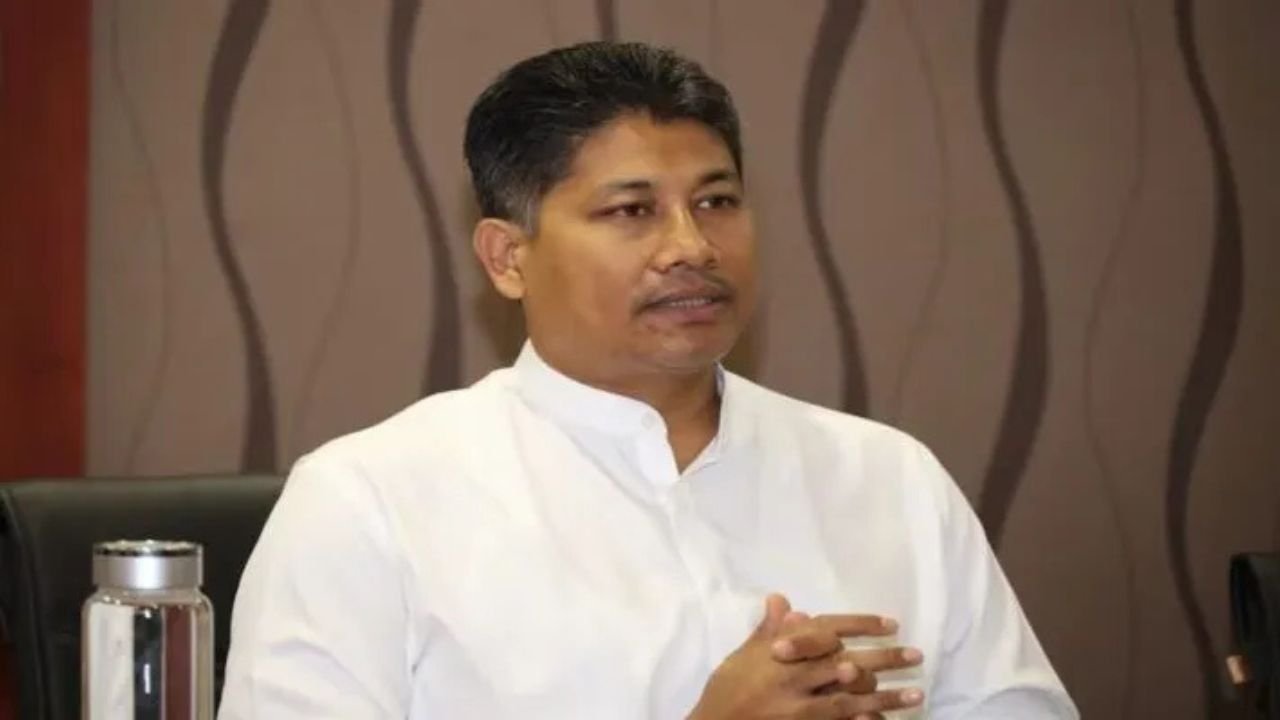The Assam government has finalized 15 locations in the state where wetland reservoirs will be built. These reservoirs aim to control the overflowing waters of the Brahmaputra and its tributaries. The initiative has been approved by the Ministry of Home Affairs (MHA), and a budget of ₹692 crore has been allocated for the first phase. The scheme will not only reduce flood devastation but also provide long-term benefits such as fisheries and agricultural land.
The 15 locations selected for the first phase include Sonitpur, Jorhat (four sites), Golaghat (four sites), and one site each in Sivasagar, Dibrugarh, Majuli, Morigaon, Tinsukia, and Kamrup Rural districts. Water Resources Minister Pijush Hazarika stated that tenders have already been issued, and work is underway at the Mora Bhorolu site in Sonitpur. ₹61.14 crore has been allocated to divert the Brahmaputra waters into wetlands.
Project Details and Benefits
Minister Pijush Hazarika explained that the project faced criticism initially, but now it has received approval at the highest level. He said, “When Amit Shah announced the plan to create reservoirs by diverting water from the Brahmaputra, there was criticism. But today, this solution is taking shape. We received approval from the MHA three months ago, and work will begin next month at 15 sites. These wetlands will be excavated, dams will be built, and sluice gates will be installed to connect them to the river. Mora Bhorolu is being developed in Sonitpur, which will not only help with flood control but will also be useful for agricultural land and fisheries.”

Although 15 reservoirs will be built in the first phase, the minister stressed that this number will be significantly increased in the coming years. He said, “15 reservoirs are not enough. Our goal is to eventually build 300–400 reservoirs across the state.”
Strengthening Dams with New Technology
Along with the construction of reservoirs, the Assam government is also strengthening dams with new technology. Nearly 4,500 km of dams have been built since 1950, and 900 km have been added in the last five years. Mega-tubes filled with sand and geo-bags are now being used instead of the old earthen dams, which protect against erosion. Despite heavy rainfall this year, only three dams suffered breaches, a significant improvement over previous years.
Hazarika explained that dam construction time has also been reduced. “Earlier, it used to take months, causing significant area damage. Now, we can complete dam construction in 15 days.” The state government has invested approximately ₹2,000 crore in various flood management projects. Additionally, new dams will be built at Dhemaji (32 km), Jorhat (8 km), Golaghat (6 km), and Sivasagar (10 km) with 80% central and 20% state contributions in projects worth ₹1,300 crore supported by the Asian Development Bank (ADB).
Economic Benefits from Wetland Reservoirs
The state government hopes that wetland reservoirs will not only control floods but also open up opportunities for agriculture, fisheries, and rural livelihoods. This will transform crisis-prone areas into hubs of economic activity. In the future, these reservoirs will provide lasting benefits to farmers, fishermen, and local people, and will also strengthen the state of Assam’s flood resilience.







